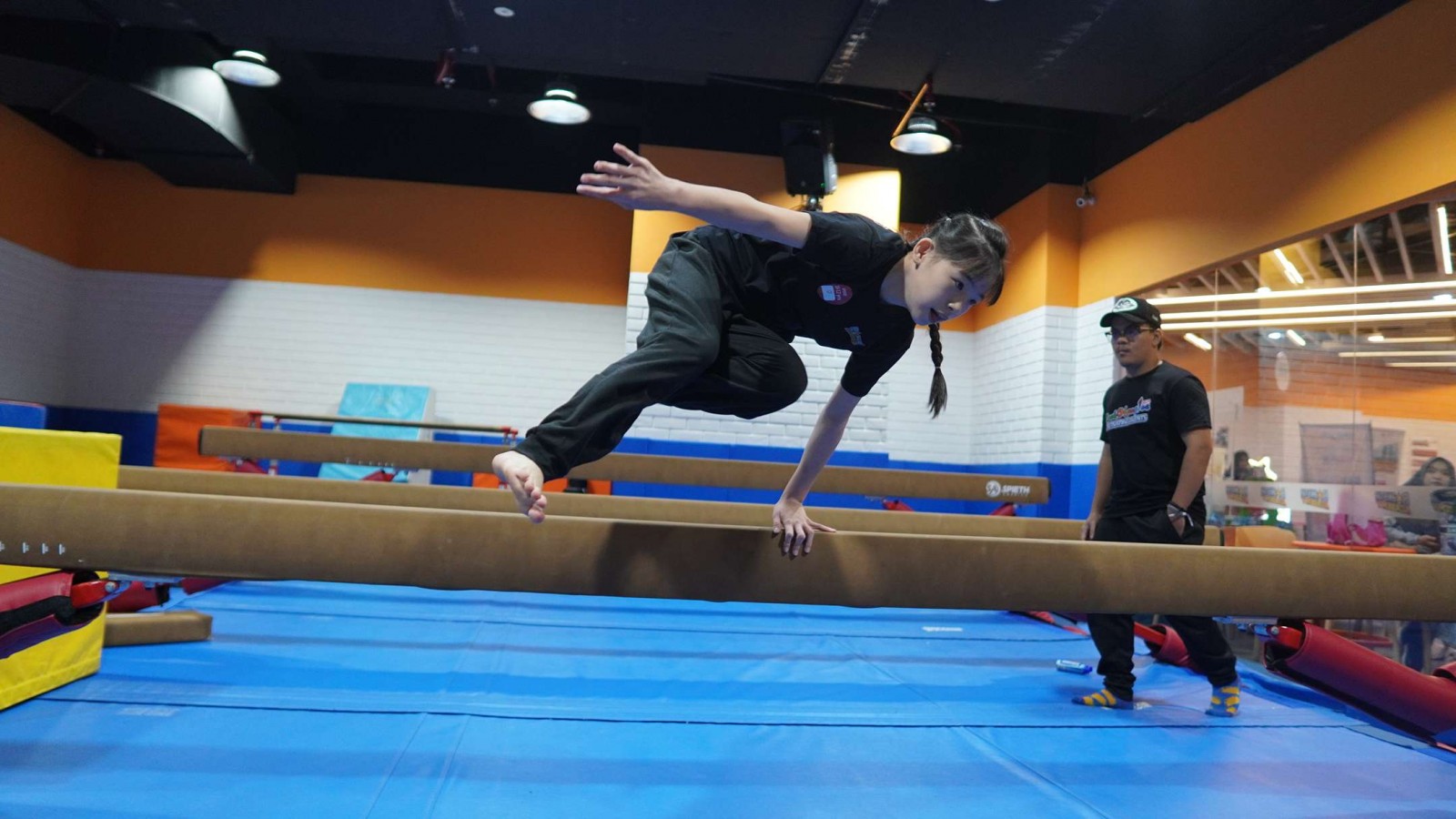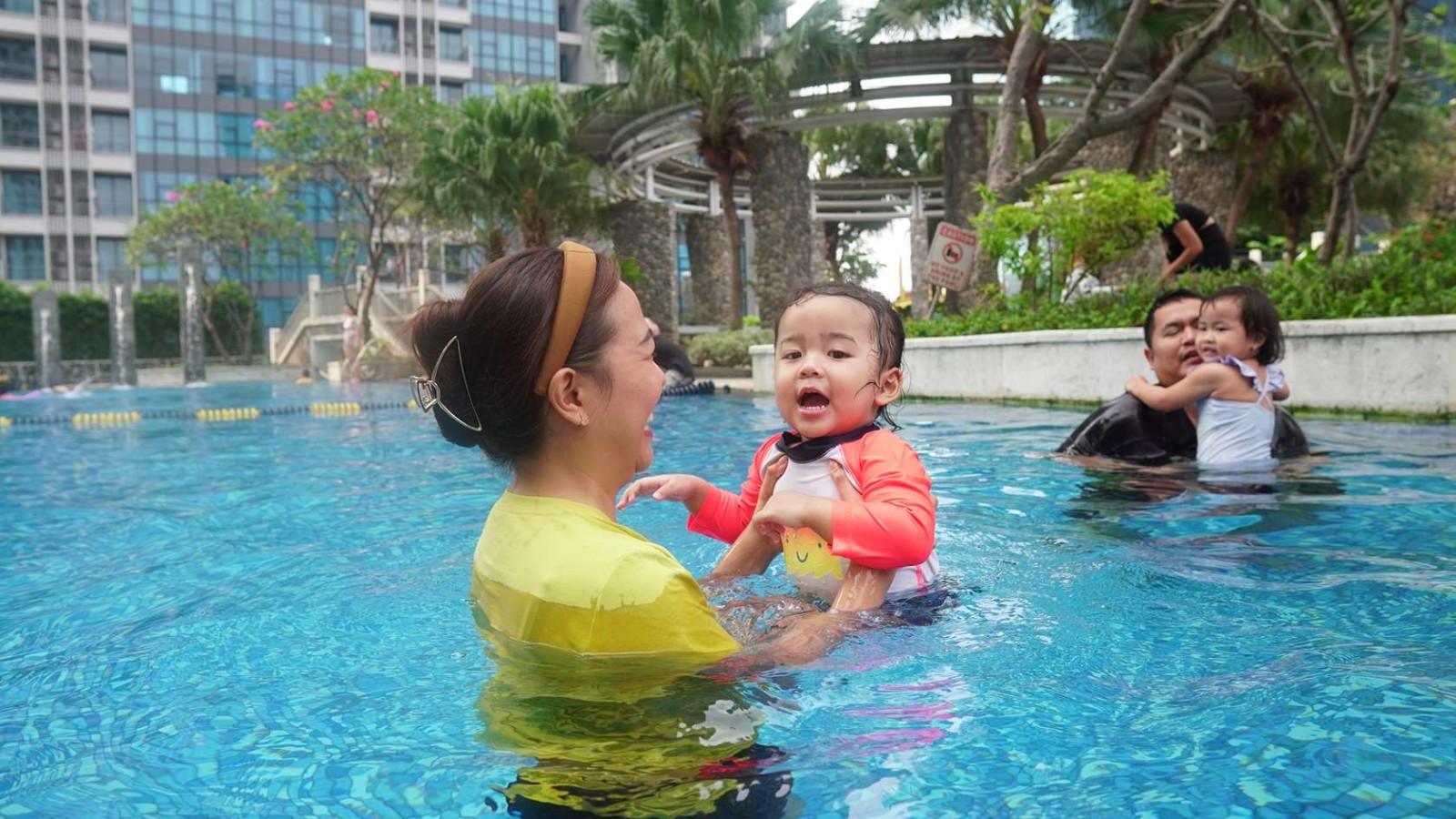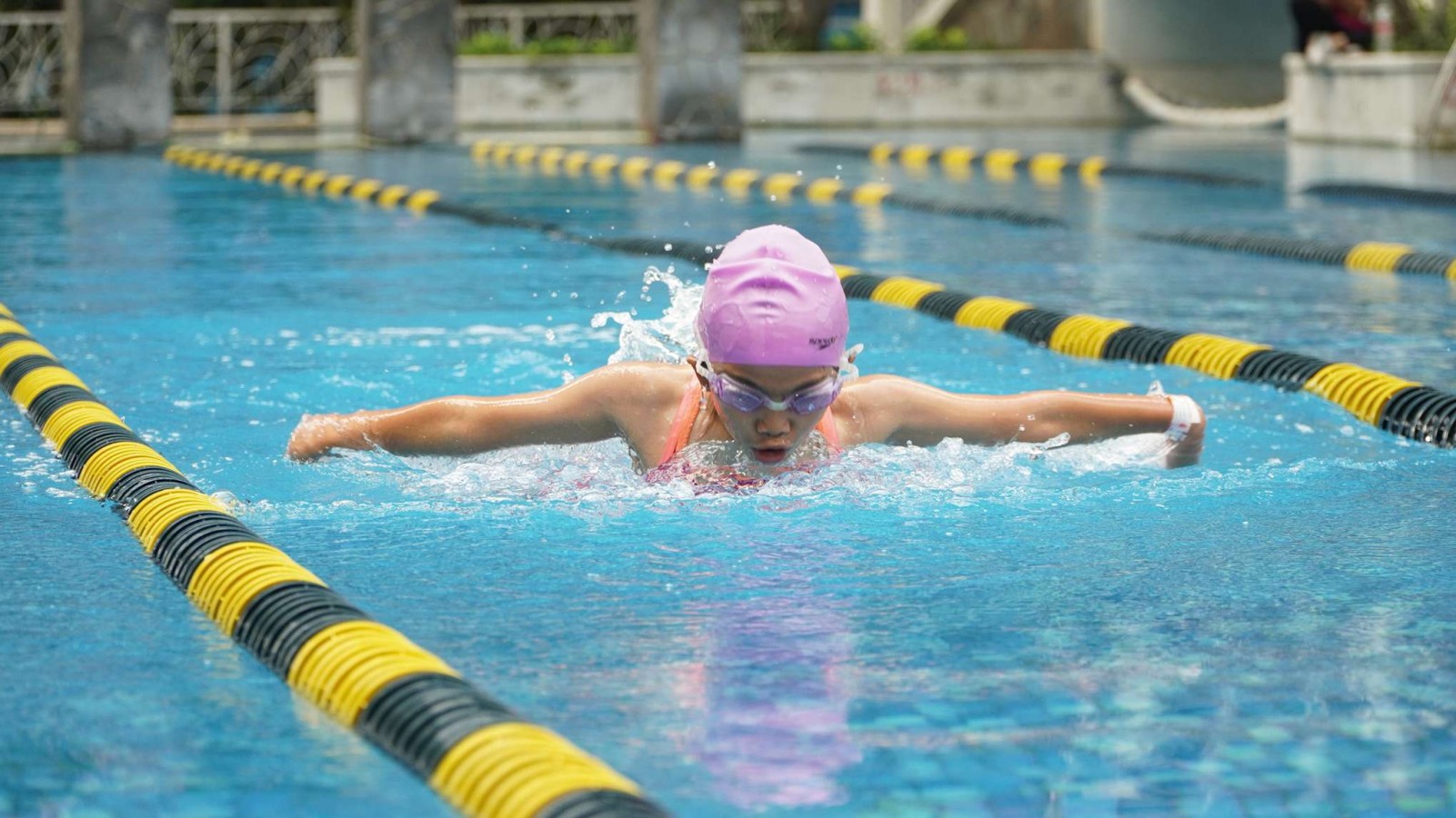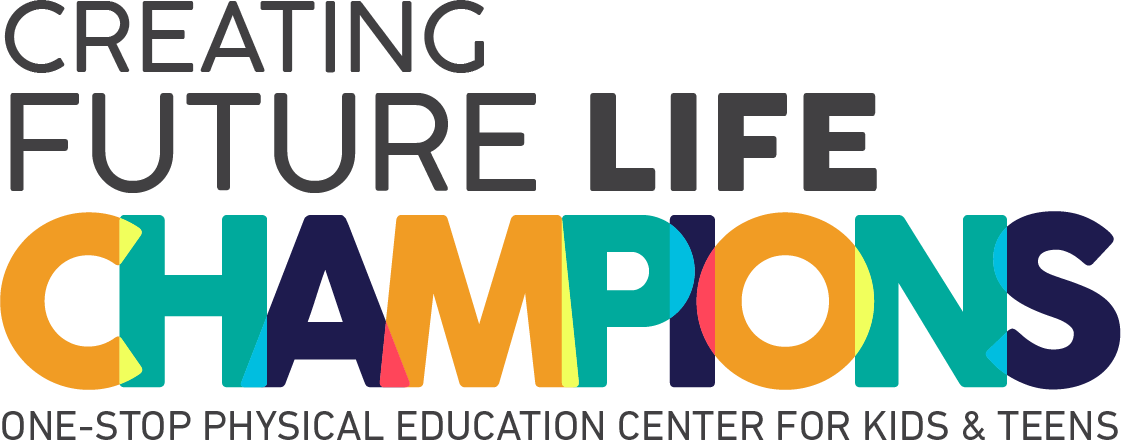Grass vs Clay vs Hard Court: The Differences and How It Effect Your Game
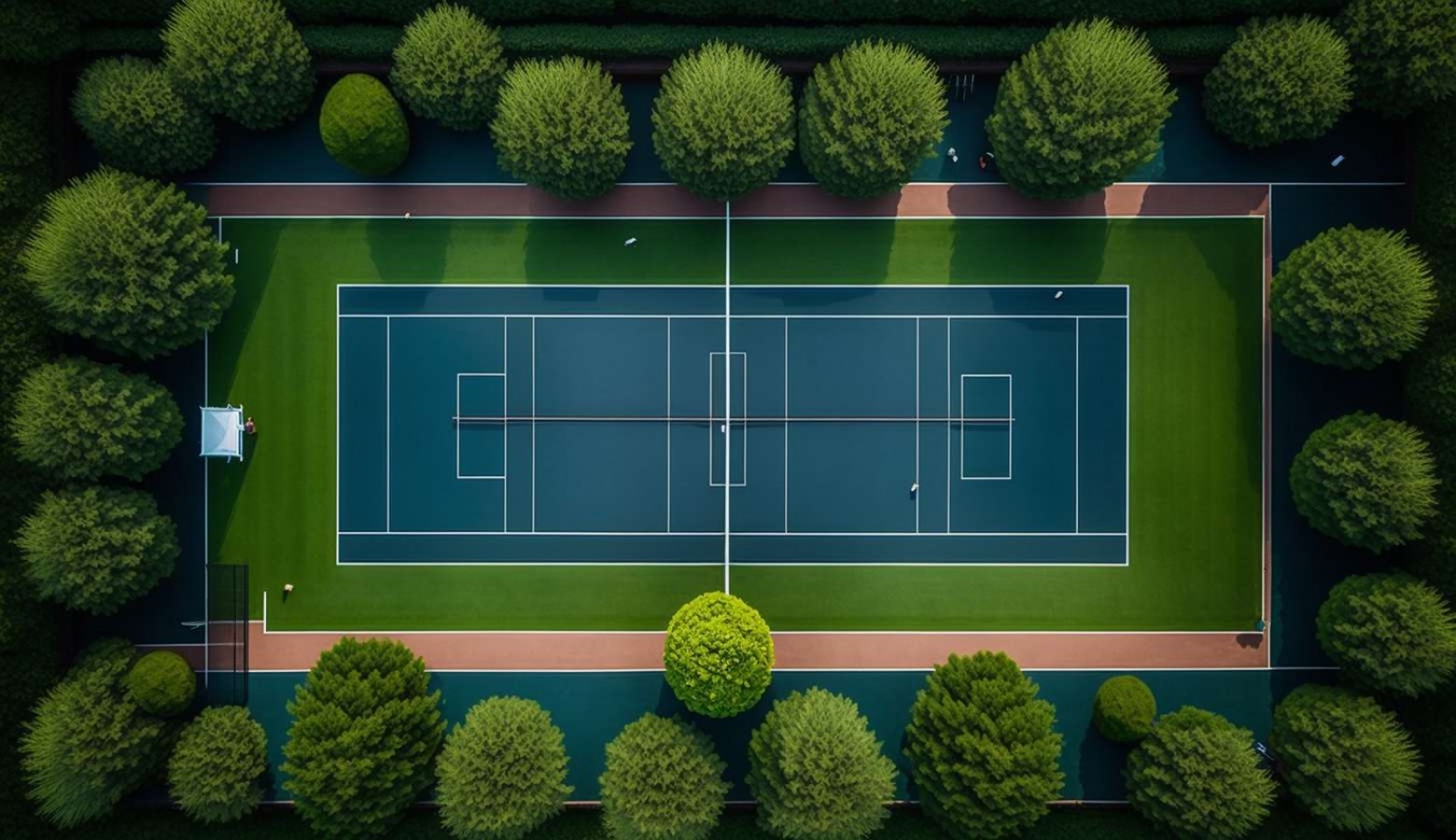
Tennis is unique because it’s played on three different types of courts: grass, clay, and hard courts. Each surface has its own vibe and affects the game in different ways. For example, the bounce of the ball varies depending on the court, and this can change the entire strategy of the match.
You can really see these differences in major tennis tournaments, like the Grand Slam events. In this article, we’ll dive into the key differences between grass, clay, and hard courts, and compare how they impact the game. Let’s break it down!
Characteristics of Each Court Surface
Each type of tennis court impacts the ball’s bounce, speed, and how players move on it in unique ways. That’s why it’s important for players to understand these differences.
Experiencing different courts firsthand can be one of the best ways to improve your game. Let’s explore the key characteristics of each type of tennis court:
1. Grass Courts
Grass courts, used to prestigious tournaments like Wimbledon, are the softest of the court types and provide minimal friction, though they require frequent maintenance.
Due to the soft, slippery surface, ball bounces on grass are low and fast, favoring players with powerful serves and strong net play.
Movement can be challenging, as the surface can become especially slippery when the grass wears down. It requires players to rely on quick reflexes and shorter strides to maintain stability.
2. Clay Courts
Clay courts are made from crushed brick or shale and commonly found in Europe and South America. They are known for their slower surface and high friction, which creates unique challenges.
The surface produces high, slow bounces, allowing players more time to react but also demanding greater stamina due to longer rallies. Movement on clay involves sliding, requiring controlled slides and strategic footwork, and rewarding players with strong endurance and baseline control.
3. Hard Courts
Hard courts are made from asphalt or concrete with an acrylic top layer. It provides a balanced surface and are widely used worldwide, particularly in the U.S. These courts offer a medium-speed bounce, combining the fast bounces of grass with the slower rallies, and providing a reliable bounce that allows for consistent shot-making.
Movement is relatively straightforward, as players benefit from steady footing, though the harder surface doesn’t absorb shock as well as grass or clay, making joint impact a consideration.
Impact of Court Surfaces on Playing Style
The court surface can strongly influence a player’s strengths and weaknesses, leading to distinct styles of play on each type. Let’s look at how each surface shapes the game:
A. Grass Courts and Aggressive Play
Grass courts suit aggressive, fast-paced play due to their low bounce and quick pace. As the surface enables rapid serves and shorter rallies. Grass favors players with powerful, precise serves and quick reflexes at the net.
Additionally, slice shots and low-spinning strokes are highly effective, as they stay low, making it challenging for opponents to return.
B. Clay Courts and Defensive Baseline Play
Clay is ideal for baseline players with excellent endurance. The slower pace and higher bounce give players time to respond, resulting in longer rallies and requiring greater stamina.
Baseline play is essential, and topspin shots are especially effective, as they can be hit high and deep into the court. Players with a solid defensive game, adept at moving across the baseline, excel on clay surfaces.
C. Hard Courts and All-Court Play
Hard courts offer a balanced environment, suiting all types of players, from baseliners to aggressive net players. This surface accommodates powerful serves and consistent groundstrokes, with bounce characteristics that support varied styles. Hard courts reward players who can transition between baseline rallies and net play.
How to Adjust Your Game Based on the Court Surface
Each court surface demands specific adjustments to maximize performance. Here’s how players can fine-tune their strategies:
1. Grass Courts Adjustments
On grass courts, the fast pace and low bounce make quick reactions and refined net skills essential, with serve-and-volley tactics particularly effective for aggressive net play.
Precision becomes more crucial than power, so placing serves accurately and following up quickly helps maintain control. Low, skimming shots like slices are especially effective, as they stay below the opponent’s waist, making returns more challenging.
2. Clay Courts Adjustments
Clay courts require players to develop endurance and patience, as the surface demands longer rallies and strategic consistency from the baseline. Practicing high-bouncing topspin shots is essential for controlling rally pace and pushing opponents back.
3. Hard Courts
On hard courts, it’s important to balance being aggressive with staying consistent. This allows players to mix up their shots and keep their opponents on their toes. The ball bounces predictably, which makes it easier to hit strong and consistent shots from the baseline.
However, because hard courts can put extra stress on your joints, it’s helpful to focus on building strong leg muscles and improving flexibility to reduce the risk of injury. For example, doing leg exercises and stretching can help protect your body during intense matches.
Which Court Do You Prefer?
The three types of courts are not only different in terms of color, but also different in terms of bounce, speed and strategies that each player implements. For this reason, players must have good adaptation skills.
To master the different tennis courts, players first need to understand the unique characteristics of each surface. Pair that knowledge with the guidance of an experienced coach, and you’ll be well on your way to refining your skills.
You can take your game to the next level through Rockstar Academy's tennis program. Since 2011, Rockstar Academy has been the go-to Sports & Performing Arts Academy in Indonesia, trusted by over 50,000 kids and teens, ages 6 months to 19+ years old.
With our International Curriculum, top-notch facilities, and advanced technology to track progress, we provide a safe, high-standard learning environment. Plus, students get the chance to participate in Elite Championships and RockOlympics, where they can sharpen their competitive edge.
And the best part? You can sign up for a free trial class before committing. Ready to take the first step? Register today at Rockstar Academy!
FAQ
Which court surface is the best for beginners?
Hard courts are generally best for beginners as they offer consistent bounce and don’t require specific footwork techniques like sliding on clay. Players can also practice a variety of shots without needing to adjust to extreme conditions.
How does weather affect each court surface?
Weather impacts each court type differently. Grass courts can become slippery in wet conditions, making footing challenging. Clay courts can become muddy or sticky, slowing down play even further. Hard courts are the least affected, as they remain relatively consistent in various weather conditions.
